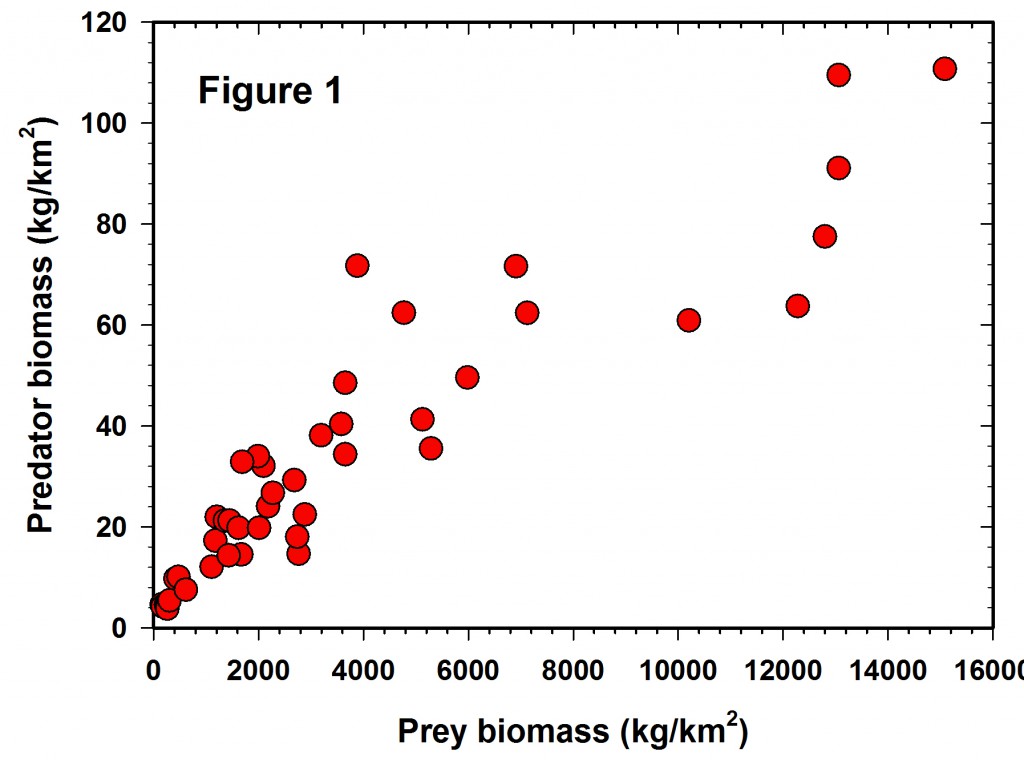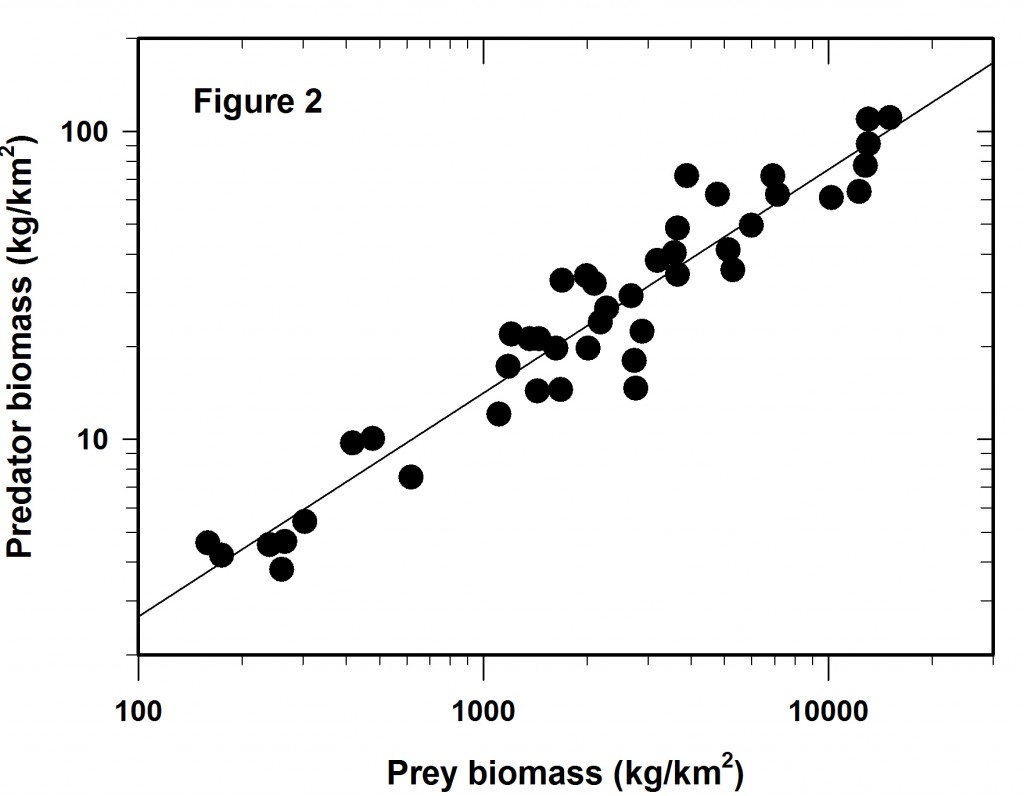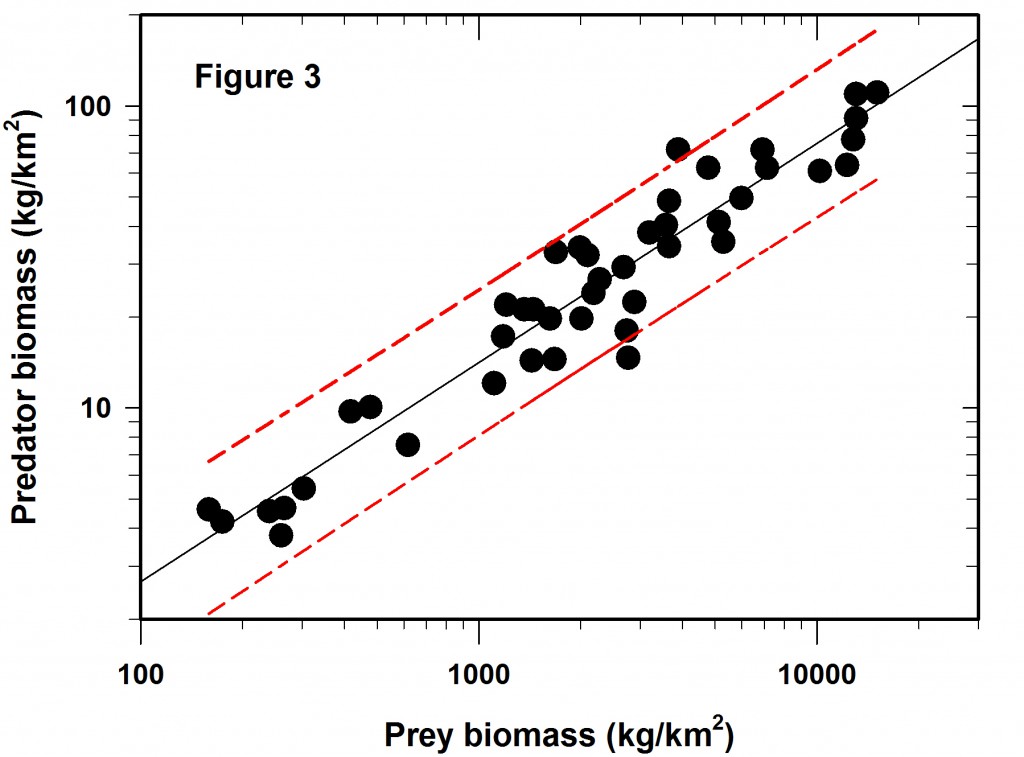In the holiday season there is much talk and recommendations about donations to worthy causes, and this raises an interesting conundrum in biodiversity conservation. The question is relatively simple to answer if you have little money, but any reading of the business pages of our newspapers or a walk around the shopping centers of our large cities makes you realize that there are a great many people with more than a little money. What should you do with your excess cash?
Some people (but not all) will want to ‘make a difference’ with their accumulated wealth, at least until medical science can overcome the universal belief that “you can’t take it with you”. Peter Singer (2015) has addressed this question of how to spend your money most effectively when you donate. It comes down in the first instance of your time frame. If you wish to make a difference in the short term of a few years, your choices may differ fundamentally from those taken to make a difference in the long term of 100-500 years. The bulk of philanthropic donations now are in the short-term camp. We have poor people living on the street in most of our cities, people with curable diseases in less developed countries but no medical aid, and victims of wars, earthquakes and tsunamis who must rebuild their lives. So we must start with what I think is the biggest decision regarding philanthropy – do we worry only about people, or do we worry about the biological world as well? Most donations are directly related to improving the human condition, locally or globally.
But there is hope because more and more people are realizing that we cannot separate people from biodiversity because of ecosystem services. Without well-functioning ecosystems on Earth, all the medical advances of our time are for naught. This is an important message to convey to potential donors.
Conservation philanthropy is a curious mix of short term and long term goals. Many endangered species need action now to survive. But ecologists typically look at both the shorter and the longer term goals of conservation. The simplest goal is to set aside land for protection. Without habitat all is lost. But this goal must be paired with long term funding to hire rangers to protect the area from poachers and to monitor the status of the species within the protected zone. Relying on the government to do this by itself is not adequate and never has been. But beyond this primary goal of land protection, the conservation movement fractionates. There are arguments that without effective human population stabilization biodiversity loss must continue. So does this mean that effective donations should be earmarked for agencies that empower women and offer reproductive services? But this points out that we must not fall into the trap of thinking we can do only one thing at a time. Pandas or population – why not “both and”? Climate change is a similar ‘elephant in the room’ problem.
What are the long-term goals of conservation biology that would benefit from philanthropic investment? Start with pest control. Biological control of pests is a long-term issue par excellence (Goldson et al. 2015, Myers et al. 2009, Wyckhuys et al. 2013). But biological control programs are underfunded by governments and obtain little private philanthropy. Weed control, insect pest control, vertebrate pest control all fit in the same problem basket – long term problem supported only by short term funding. Invasive pest eradication on islands is one area of pest control in which both governments and private funding have been joining forces (http://www.islandconservation.org/ ) with good results.
Two other areas of conservation biology that are classically underfunded are taxonomy and monitoring. In many taxonomic groups the majority of the species on Earth are not yet identified and described with a scientific name. The nearest analogy would be having a bank with tons of coins of different sizes and shapes, but only a few of which had any engraving on them. Taxonomy which is so vital to biology suffers because physical scientists consider it “stamp collecting” and unworthy of scientific funding. Monitoring of ecological communities faces the same problem. Monitoring ecological communities is similar to monitoring weather, yet we support meteorological stations around the world but provide little support for ecological monitoring. At present ecological monitoring is done ad hoc by dedicated people but with little systematic organization. Monitoring of changes in the arctic is being coordinated globally (http://www.amap.no/ ) and specific programs have been outlined for example for northern Canada (https://www.ec.gc.ca/faunescience-wildlifescience/, but the funding levels are low considering the size of the areas under consideration. Tropical ecosystem monitoring is even less well funded, yet that is where much of global biodiversity is located (c.f. for example, Cardoso et al. 2011, Burton 2012).
So what can you do about this? Talk up the necessity and the advantages of conservation biodiversity. Imagine what would happen to any of these biodiversity problems if a foundation the size of the Bill & Melinda Gates Foundation devoted a large amount of its donations to conservation. Environmental stewardship is the key to the Earth’s survival, and a combination of problem solving of current biodiversity problems combined with a strong research component on how species interact and ecosystems operate to sustain themselves would be a legacy for future generations and a flagship for the next 100 years.
Burton, A.C. (2012) Critical evaluation of a long-term, locally-based wildlife monitoring program in West Africa. Biodiversity and Conservation, 21, 3079-3094. doi: 10.1007/s10531-012-0355-6
Cardoso, P., Erwin, T.L., Borges, P.A.V. & New, T.R. (2011) The seven impediments in invertebrate conservation and how to overcome them. Biological Conservation, 144, 2647-2655. doi: 10.1016/j.biocon.2011.07.024
Glen, A.S., Atkinson, R., Campbell, K.J., Hagen, E., Holmes, N.D., Keitt, B.S., Parkes, J.P., Saunders, A., Sawyer, J. & Torres, H. (2013) Eradicating multiple invasive species on inhabited islands: the next big step in island restoration? Biological Invasions, 15, 2589-2603. doi: 10.1007/s10530-013-0495-y
Goldson, S.L., Bourdôt, G.W., Brockerhoff, E.G., Byrom, A.E., Clout, M.N., McGlone, M.S., Nelson, W.A., Popay, A.J., Suckling, D.M. & Templeton, M.D. (2015) New Zealand pest management: current and future challenges. Journal of the Royal Society of New Zealand, 45, 31-58. doi: 10.1080/03036758.2014.1000343
Myers, J.H., Jackson, C., Quinn, H., White, S.R. & Cory, J.S. (2009) Successful biological control of diffuse knapweed, Centaurea diffusa, in British Columbia, Canada. Biological Control, 50, 66-72. doi: 10.1016/j.biocontrol.2009.02.008
Singer, P. (2015) The Most Good You Can Do. Yale University Press, New Haven. ISBN: 978-0-300-18027-5
Wyckhuys, K.A.G., Lu, Y., Morales, H., Vazquez, L.L., Legaspi, J.C., Eliopoulos, P.A. & Hernandez, L.M. (2013) Current status and potential of conservation biological control for agriculture in the developing world. Biological Control, 65, 152-167. doi: 10.1016/j.biocontrol.2012.11.010 http://www.islandconservation.org/where-we-work/


